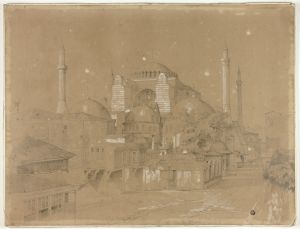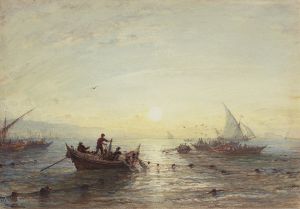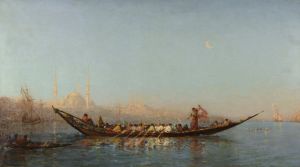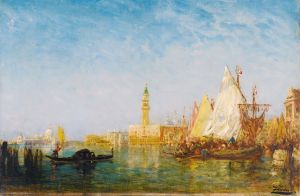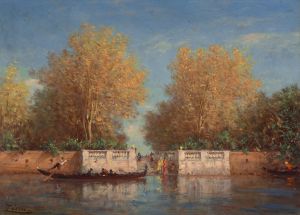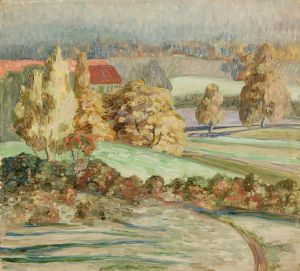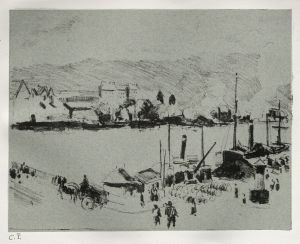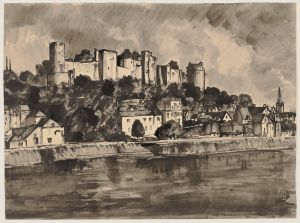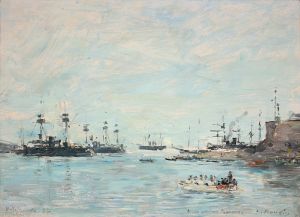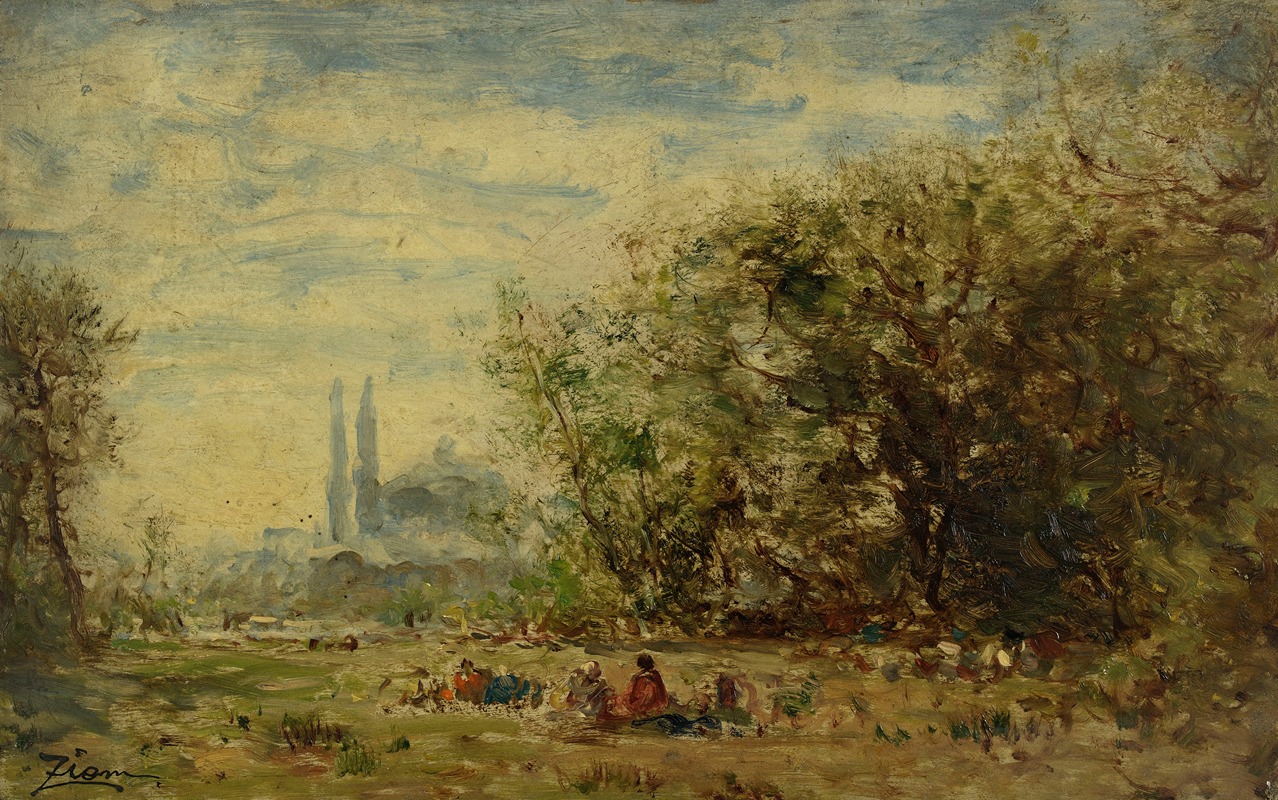
Les eaux douces d’Asie, environs de Constantinople
A hand-painted replica of Félix Ziem’s masterpiece Les eaux douces d’Asie, environs de Constantinople, meticulously crafted by professional artists to capture the true essence of the original. Each piece is created with museum-quality canvas and rare mineral pigments, carefully painted by experienced artists with delicate brushstrokes and rich, layered colors to perfectly recreate the texture of the original artwork. Unlike machine-printed reproductions, this hand-painted version brings the painting to life, infused with the artist’s emotions and skill in every stroke. Whether for personal collection or home decoration, it instantly elevates the artistic atmosphere of any space.
Félix Ziem was a French painter associated with the Barbizon School and is known for his vibrant landscapes and cityscapes. One of his notable works is "Les eaux douces d’Asie, environs de Constantinople," which translates to "The Freshwaters of Asia, Environs of Constantinople." This painting reflects Ziem's fascination with the exotic and the picturesque, a common theme in his oeuvre.
Ziem was born on February 26, 1821, in Beaune, France. He initially studied architecture but soon turned to painting, a field in which he found his true passion. His travels greatly influenced his work, and he was particularly captivated by Venice and the Ottoman Empire, which he visited multiple times. These journeys provided him with rich subject matter that he translated onto canvas with a distinctive style characterized by vivid colors and dynamic compositions.
"Les eaux douces d’Asie, environs de Constantinople" is a testament to Ziem's interest in the Orient, a term used in the 19th century to describe the cultures and landscapes of the Near East and Asia. The painting likely depicts the serene and picturesque landscapes near Constantinople, now Istanbul, which was a melting pot of cultures and a hub of trade and art during Ziem's time. The "freshwaters" in the title may refer to the Bosphorus Strait or other water bodies in the region, which were popular subjects for artists due to their beauty and the way they reflected the changing light.
Ziem's work is often noted for its atmospheric effects and the way he captures the interplay of light and water. In this painting, he likely employed his signature technique of using loose brushwork and a bright palette to convey the shimmering quality of the water and the lushness of the surrounding landscape. His ability to evoke a sense of place and mood made his paintings popular among collectors and art enthusiasts of his time.
Throughout his career, Ziem remained somewhat apart from the mainstream art movements of his day, maintaining a unique style that combined elements of Romanticism and Impressionism. His works were well-received, and he exhibited regularly at the Paris Salon. In 1857, he was awarded the prestigious Legion of Honor, a testament to his contributions to French art.
Ziem's paintings, including "Les eaux douces d’Asie, environs de Constantinople," continue to be appreciated for their beauty and technical skill. They offer a glimpse into the 19th-century European fascination with the East and the artistic exploration of light and color. Today, his works are held in various museums and private collections around the world, where they continue to captivate audiences with their vibrant depictions of far-off places.
While specific details about "Les eaux douces d’Asie, environs de Constantinople" may be limited, it remains an important piece within Ziem's body of work, exemplifying his mastery of landscape painting and his enduring interest in the exotic locales that inspired him.






